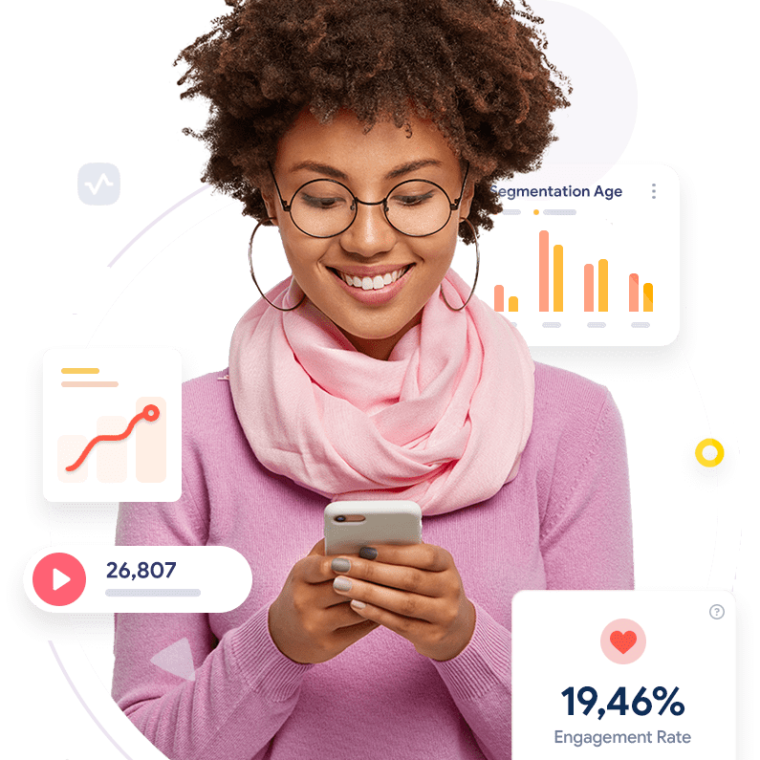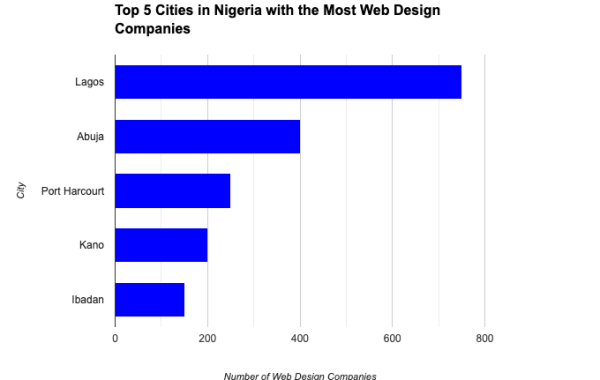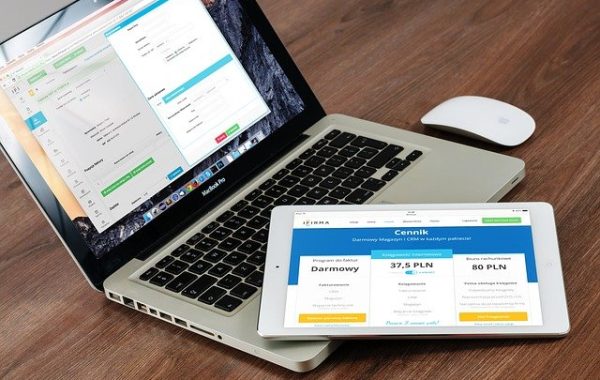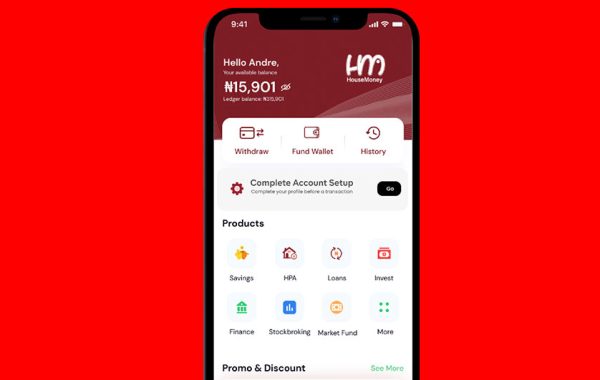Website Design: Crafting Digital Experiences That Convert
Ever wonder why some websites just feel right?
You know, the ones where you find exactly what you need without breaking a sweat?
That’s no accident. It’s the result of killer website design.
Let’s dive into the world of website design and see how it can make or break your online presence.
What’s Website Design All About?
Website design is the art and science of creating digital spaces that work.
It’s not just about making things look pretty (though that’s part of it).
It’s about crafting experiences that guide users, spark interest, and drive action.
Think of it as building a virtual shop front that doesn’t just catch the eye, but invites people in and keeps them browsing.
Why Does Good Website Design Matter?
Imagine walking into a messy store with no signs and rude staff.
You’d walk right out, right?
Same goes for websites.
A well-designed site:
- Grabs attention
- Builds trust
- Makes navigation a breeze
- Boosts conversions
- Keeps people coming back
It’s your 24/7 salesperson, working tirelessly to turn visitors into customers.
The Building Blocks of Stellar Website Design
- User-Centered Approach
Put yourself in your visitors’ shoes.
What do they need? What problems are they trying to solve?
Design with their goals in mind, not just yours.
- Clear Navigation
Don’t make people hunt for info.
Use intuitive menus, search functions, and clear pathways to guide users.
- Mobile-First Design
More people browse on phones than desktops now.
Design for small screens first, then scale up.
- Fast Loading Times
Patience is thin online.
Optimize images, minimize code, and use fast hosting to keep things snappy.
- Compelling Content
Words matter.
Use clear, engaging copy that speaks directly to your audience’s needs and desires.
- Strong Visual Hierarchy
Guide the eye with smart use of:
- Color
- Size
- Contrast
- White space
Make important elements stand out naturally.
- Consistent Branding
Your website should feel like a natural extension of your brand.
Use consistent colors, fonts, and imagery across all pages.
- Call-to-Action (CTA) Optimization
What do you want visitors to do?
Make it crystal clear with strategically placed, compelling CTAs.
- Accessibility
Design for everyone, including those with disabilities.
Use alt text, proper contrast, and keyboard navigation options.
- SEO Best Practices
Build for humans first, but keep search engines in mind.
Use relevant keywords naturally, create descriptive meta tags, and structure content logically.
Responsive vs. Adaptive Design: What’s the Difference?
Responsive Design:
- Fluid layouts that adjust to any screen size
- One design that works everywhere
- Easier to maintain
Adaptive Design:
- Multiple fixed layouts for different device types
- Can be optimized for specific experiences
- Potentially faster loading on mobile
Both have their place. Choose based on your audience and goals.
The Rise of Interactive Elements
Static pages are so last decade.
Today’s users expect:
- Micro-animations
- Hover effects
- Parallax scrolling
- Dynamic content loading
These add life to your site and keep users engaged.
But remember: functionality trumps flash. Don’t sacrifice usability for cool effects.
E-commerce Website Design: Converting Browsers to Buyers
Selling online? Your website design can make or break sales.
Key elements for e-commerce success:
- High-quality product images
- Clear pricing and availability info
- Easy-to-use shopping cart
- Streamlined checkout process
- Trust signals (reviews, security badges)
- Related product suggestions
Remember, every extra click is a chance for a customer to bail.
Make the journey from discovery to purchase as smooth as possible.
Don’t fear empty space.
Whitespace (or negative space) isn’t wasted space.
It:
- Improves readability
- Highlights important elements
- Creates a sense of elegance
- Reduces cognitive load
Use it strategically to let your content breathe.
Color Theory in Website Design
Colors aren’t just pretty. They’re powerful psychological tools.
- Blue builds trust (great for corporate sites)
- Green feels natural and calming
- Red creates urgency (perfect for sales)
- Yellow grabs attention
But don’t go color crazy. Stick to a harmonious palette that aligns with your brand.
Typography: More Than Just Words
Font choice matters.
- Serif fonts feel traditional and authoritative
- Sans-serif fonts look modern and clean
- Script fonts add personality (use sparingly)
Combine fonts thoughtfully to create visual interest without chaos.
And please, keep it readable. No tiny text or low-contrast color combos.
The Future of Website Design
Where’s website design headed?
- Voice User Interfaces (VUI)
- Augmented Reality (AR) elements
- AI-powered personalization
- Increased focus on privacy and data protection
- Even more emphasis on mobile experiences
Stay ahead of the curve, but don’t chase every trend.
Focus on what serves your audience best.
Working with DPX Digital Network Web Design Agency
Sometimes, it pays to call in the pros.
A good web design agency brings:
- Fresh perspective
- Technical expertise
- Industry best practices
- Time savings
But choose wisely. Look for:
- A solid portfolio
- Clear communication
- Understanding of your goals
- Willingness to educate you on the process
Remember, it’s a partnership. The best results come when you work together.
DIY Website Design: Yay or Nay?
Tempted to design your own site?
Pros:
- Cost-effective
- Full control
- Learn valuable skills
Cons:
- Time-consuming
- Steeper learning curve
- Potential for amateur-looking results
If you go DIY, invest in learning the basics and use quality templates as a starting point.
Measuring Website Design Success
How do you know if your design is working?
Key metrics to track:
- Bounce rate
- Time on site
- Pages per visit
- Conversion rate
- Mobile usability scores
Use tools like Google Analytics and heatmaps to gain insights.
Then, never stop testing and improving.
FAQs
A: There’s no hard rule, but aim for a major refresh every 2-3 years. Smaller updates can happen more frequently.
A: User experience. If visitors can’t easily find what they need, nothing else matters.
A: Focus on solving your users’ problems in unique ways. Inject your brand personality. Be bold (but still usable).
A: If your website is crucial to your business, absolutely. The ROI on great design can be massive.
A: It varies wildly. A simple site might take a few weeks. Complex e-commerce platforms can take months.
The Bottom Line
Website design isn’t just about making things pretty.
It’s about crafting digital experiences that work.
For your business. For your users. For your bottom line.
Invest in good design, and watch your online presence soar.
Remember: your website is often the first impression you make.
Make it count, Send us a message to get started with creating you a masterpiece .









